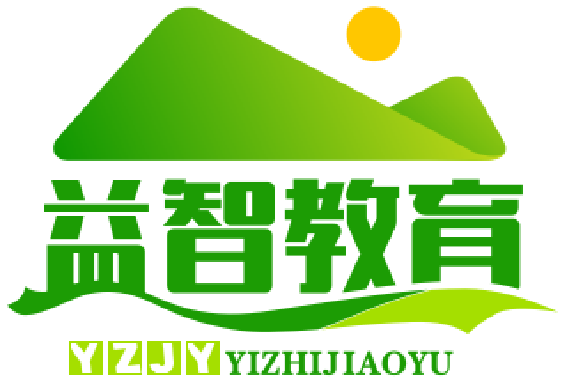专业六级英语报名条件主要针对全国高等院校英语专业的学生,具体要求由高校外语专业教学指导委员会制定,各高校根据实际情况执行,以下是详细的报名条件及相关说明,涵盖报考对象、资格限制、时间要求及特殊情况处理等内容。

基本报名条件
-
身份要求
报考者必须为全日制普通高等院校英语专业二年级(含)以上的在校本科生,非英语专业学生、自考生、成教生及社会人士均无报考资格,部分院校允许翻译专业、商务英语专业等相关专业学生报考,需以所在学校教务处通知为准。 -
年级限制
通常要求考生已完成英语专业基础阶段(即大一、大二)课程,且修读《高级英语》《听力》《口语》等专业核心课程,部分高校对学分有明确要求,例如需修满前三个学期的专业课程学分,具体标准由各校自行设定。 -
英语水平基础
虽然报名条件未明确要求最低分数线,但建议考生具备专业四级(TEM-4)及以上水平,或通过校内组织的英语能力测试,部分院校会组织预报名审核,对未达到基础要求的学生限制报考。
禁止报考的情形
-
曾报考TEM-8且未通过者
已参加专业八级(TEM-8)考试但未通过的学生,不得再次报考专业六级(TEM-6),此规定旨在避免重复占用考试资源,确保考试的严肃性。 -
非在校生或学籍异常者
包括休学、退学、结业、毕业生及延长学习年限的学生,均不具备报名资格,学籍状态以报名时教育部学籍学历信息平台数据为准。 -
违规考生
以往考试中存在作弊、替考等违规行为并被取消成绩的考生,在禁考期内不得报考。
报名时间与流程
-
报名时间
每年3-4月为集中报名期,具体时间由高校教务处通知,通常早于考试时间(6月中旬)约2-3个月,逾期未报名或信息填写错误将无法补报。 -
报名流程
- 校内审核:考生需向所在院系提交《TEM报名表》,附学生证复印件及近期免冠照片,由院系审核资格并汇总至教务处。
- 网上报名:通过教育部教育考试院官网或高校指定的报名系统填写个人信息,包括学号、姓名、身份证号等,并缴纳报名费(通常为80-120元/人)。
- 信息核对:报名结束后,考生需在规定时间内登录系统核对信息,如有错误需联系教务处更正,逾期将影响考试资格。
特殊情况处理
-
转专业学生
从非英语专业转入英语专业的学生,需转入满一学年(即修满英语专业大一、大二课程)后方可报考,需提供转专业证明及成绩单。 -
联合培养项目学生
与国外高校联合培养的学生,若学籍保留在国内院校,可由国内高校统一报名;若学籍已转移至国外,则无报考资格。 -
疫情防控等不可抗力
如遇疫情等特殊情况导致考试延期,已报名考生资格自动顺延至下一届,无需重新报名,但需关注学校通知办理相关手续。
各高校自主调整条款
部分高校可根据自身教学情况制定附加条件,
- 要求专业课程平均分达到70分以上;
- 限制未通过专业四级考试的学生报名;
- 对旷课、缺考率过高的学生暂停报名资格等。
具体条款需以考生所在学校的《教务工作手册》或年度报名通知为准。
报名材料清单
| 材料名称 | 要求说明 |
|---|---|
| 学生证复印件 | 需加盖院系公章,注明“可报考TEM-6” |
| 身份证复印件 | 正反面清晰,需与报名系统信息一致 |
| 近期免冠电子照片 | 白底或蓝底,JPG格式,文件名格式为“学校+姓名+学号” |
| 专业课程成绩单 | 部分高校要求提供,需体现已修完大二核心课程 |
| 报名费缴费凭证 | 通过学校财务系统或线上平台缴纳,保留截图 |
相关问答FAQs
Q1:非英语专业的学生可以报考TEM-6吗?
A:不可以,TEM-6仅限英语专业及相关专业(如翻译、商务英语)的全日制在校本科生报考,且需满足年级和学分要求,非英语专业学生可报考大学英语六级(CET-6)。
Q2:如果报名后因故无法参加考试,是否可以退费?
A:一般情况下,报名成功后不予退费,若因不可抗力(如突发疾病、自然灾害等)无法参考,需提供医院证明或相关部门出具的文件,经学校教务处审核并上报教育部考试院后,可酌情处理退费或保留资格至下一届,个人原因(如时间冲突、复习不足等)导致的缺考,费用不予退还。











